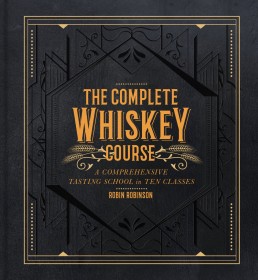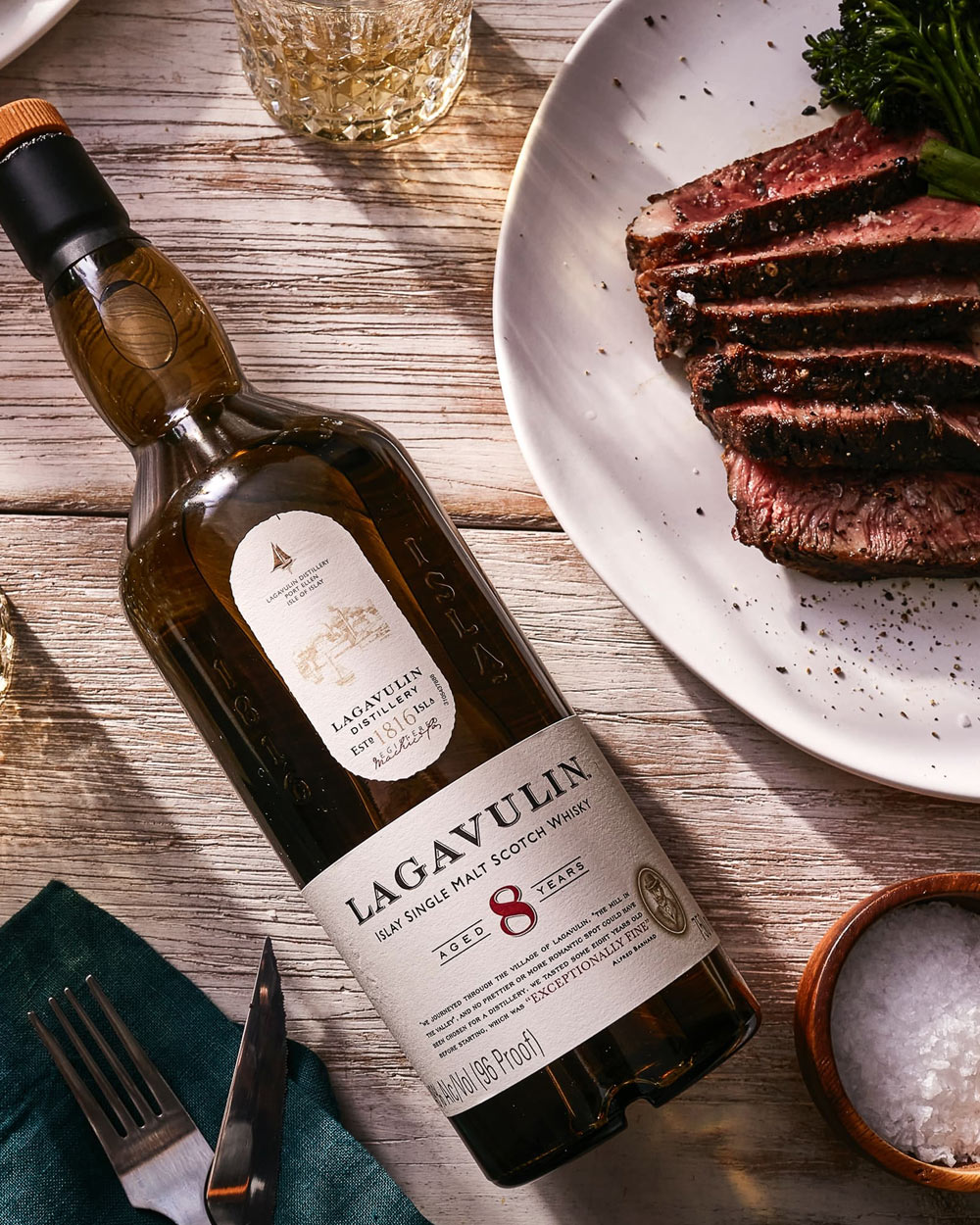Welcome to whiskey class!
Today, author, educator, and Barleycorn contributor Robin Robinson explores how proof, a spirit’s alcohol content by volume, affects a whiskey’s flavor. As a bonus, Robinson explores why people still can’t agree on this one fundamental question: what is whiskey. Both sections are excerpts from Robinson’s book, “The Complete Whiskey Course: A Comprehensive Tasting School in Ten Classes.”`
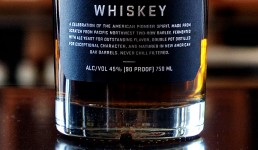
Whiskey is made from a beer, which is made from grain.
Whiskey therefore should taste like the types of grains (corn, barley, wheat, etc.) used in the mash—and that taste is affected by the amount of alcohol in whiskey. 190 proof, or 95% alcohol by volume (ABV), is a critical level in distilling. Anything below it is where the presence of flavor molecules called congeners can help us identify what’s being distilled. Anything higher than 95% ABV is where the grain flavor goes “neutral” for what we know as vodka. For bottling and consumption, the world standard for whiskey is no less than 80 proof, or 40% ABV.
The U.S. is the only country that uses the word “proof” to denote alcoholic strength, whereas the rest of the world uses ABV (Alcohol by Volume). To calculate back and forth is simple for the US using the Imperial system of measurement: the proof number is twice the ABV number, so 80 proof is 40% ABV.
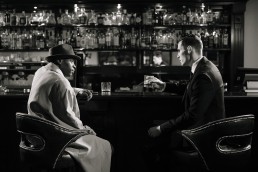
Why Does Whiskey Start So Many Arguments?
Many people think the answer to that question is that we drink too much of it. It’s not. It is because we sometimes can’t agree as to what whiskey is.
In the last century, when you asked for a “whiskey” in the old steeltown bars of Western Pennsylvania, the bartender would likely pour a shot of VO or Seagrams 7 and call it “rye”. In West Texas, you would walk into any bar and ask for “whiskey” and it was an odds-on bet that you’d get another branded version of the same. Bourbon was drunk only by old Colonels in Kentucky and college kids on a bender and blended whiskey from Kentucky was what the other old men drank across the country. If you lived in Minnesota or Wisconsin or Dallas, they were drinking Fleishman’s when you said whiskey, with Crown Royal being the upgrade. If you went outside the US to anywhere but Ireland, whisky meant blended Scotch. Ireland forgot they made whiskey and drank beer instead. Only Japan retained enough interest in the category where the mizuari, or “whisky and water” became a national drink in the form of branded blends from Suntory, Nikka and Seagram’s. But for most of the world, whiskies were delivered to the lips by one of three methods: a shot glass; drowned in a sea of artificial flavorings disguised as a cocktail; or watered down with ice, soda water and ginger ale in a “Presbyterian”.
Whiskey retained an almost regional meaning due to lack of interest and still to this day, it means different things to different people.
Want to become an instant whiskey expert? Buy The Complete Whiskey Course Today!
The Complete Whiskey Course, by Barleycorn tasting judge and contributor Robin Robinson, is a comprehensive but entertaining whiskey education rolled into ten “classes,” all in one book. Voted Best Whiskey Book of All Time by Book Authority, if you love whiskey, this belongs on your shelf, and should become well worn and heavily earmarked.
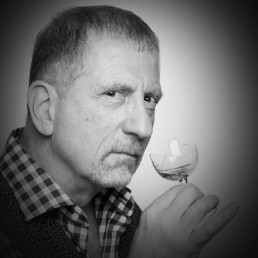
Robin Robinson
Robin Robinson is the author of The Complete Whiskey Course: A Comprehensive Tasting Guide in Ten Lessons, released in 2019 and winner of the 2020 Gourmand Award for Spirits Education. Robin created and teaches the popular “Whiskey Smackdown” series of classes at New York City’s renowned Astor Center, the longest running whiskey education class in the U.S., now in its 11th year.
